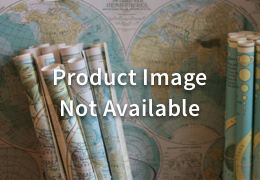
Product Details
- Product Number
- 209180
- Series
- TM-05-B06
- Scale
- NO SCALE
- Alternate ID
- TM-05-B06
- ISBN
- 978-1-4113-2223-3
- Authors
- JOHN GARBARINO R
- Version Date
- 01/01/2008
- Countries
- USA
- Media
- Paper
- Format
- Bound
Additional Details
- Description
- Abstract This document provides information to U.S. Geological Survey (USGS) Water Science Centers on interpreting and reporting radiological results for samples of environmental matrices, most notably water. The information provided is intended to be broadly useful throughout the United States, but it is recommended that scientists who work at sites containing radioactive hazardous wastes need to consult additional sources for more detailed information. The document is largely based on recognized national standards and guidance documents for radioanalytical sample processing, most notably the Multi-Agency Radiological Laboratory Analytical Protocols Manual (MARLAP), and on documents published by the U.S. Environmental Protection Agency and the American National Standards Institute. It does not include discussion of standard USGS practices including field quality-control sample analysis, interpretive report policies, and related issues, all of which shall always be included in any effort by the Water Science Centers. The use of 'shall' in this report signifies a policy requirement of the USGS Office of Water Quality.
- Survey Date
- 2008
- Print Date
- 2008
- Height In Inches
- 11.000
- Width In Inches
- 0.200
- Length In Inches
- 8.500
- Two Sided
- Yes
- Pieces
- 1
- Languages
- English
Related Items


